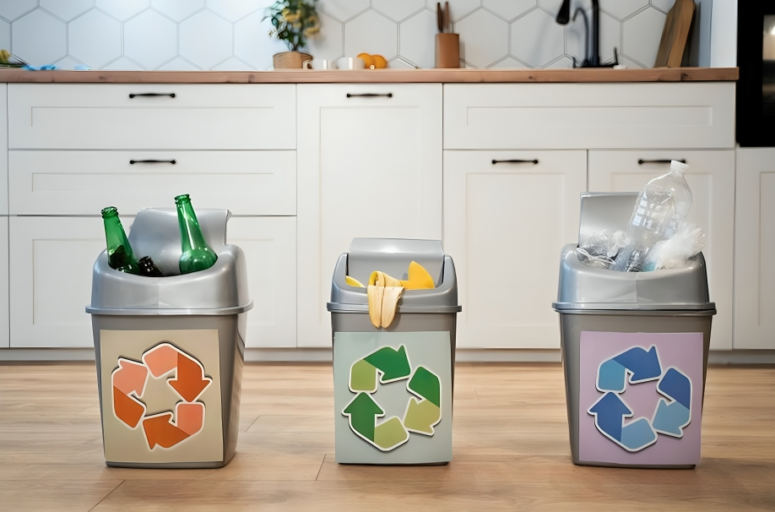Choosing the right skip size can save time, money, and hassle. But how much waste can each skip hold, and which is best for your project? Here’s your ultimate guide to making the right skip hire decision. Introduction Managing waste efficiently is crucial when tackling a renovation, a garden cleanup, […]
